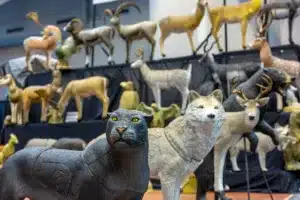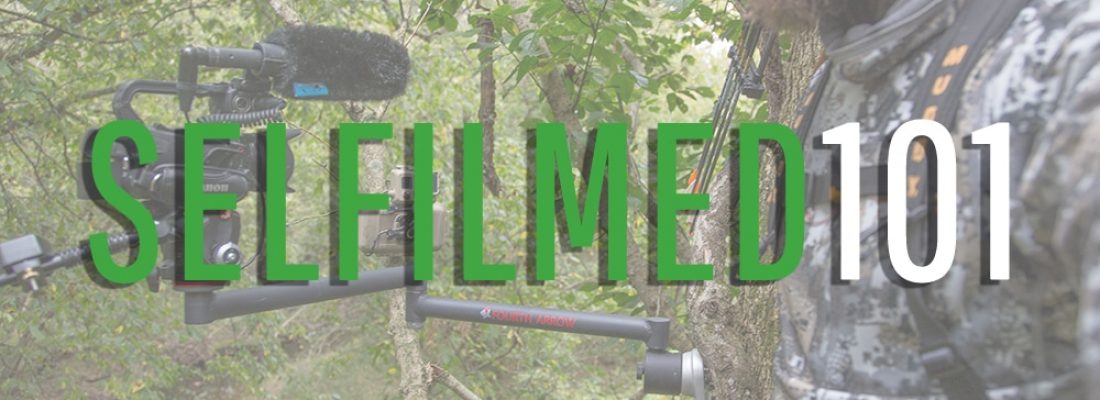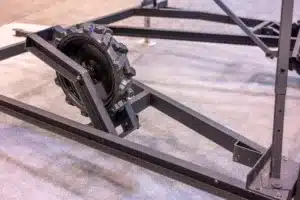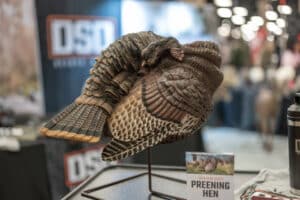No products in the cart.

365 Archery 3D Archery Targets
When folks enter a new industry, or even a new subsection of their industry, they usually dip their toe in by offering one or two


You got the kill on camera! Not only did you bag the biggest trophy of your lifetime, you also managed to get the shot in focus AND in frame. Now what?
For most this ends up being a short clip showing the animal walking within range, and then promptly sprinting off in the distance after the shot. Unfortunately, with only one point of view not only does the viewer quickly become impatient, but this limits the amount of adrenaline build-up you can reveal leading up to the shot.
What takes your SELFILMED hunt from novice to production-quality is the use of 2nd and 3rd angles. Aside from B-roll footage and the pre/post-hunt interviews this gives you critical footage that helps illustrate the full emotions of the hunt.
Assuming you are using a camera-arm/fluid head assembly as your primary camera angle, some of the most popular secondary angles are:
The first option, in our opinion, is the most important. Actually…we consider it a must! This view can capture a TON of useful footage, typically placed in front of or above to observe the shooter manipulating the primary camera, grabbing your bow, etc. This view will capture everything from a time-lapse of the hunter, a clip of glassing in the distance, and potentially capture the shot in the off-chance that you are unable to get your primary camera on target. This is an example of just that:
This type of footage can completely set you apart from other YouTube hunt videos. When using decoys as with turkey hunting, setting this camera up-close-and-personal with the decoy can often grab some great footage as well.
Many of us at selfilmed.com employ a riser-mounted camera looking back at the shooter. Aside from the drawback of the additional step to turn on the camera prior to the shot, it can also change the balance of your rig. Due to this I typically do all of my target shooting with the camera installed.
The fourth option, chest or head mounted POV cam, can be useful as well but has its drawbacks. Unlike the continuously running camera in 3rd person, this camera sees every little bump and movement you make. The vast majority of the footage will typically either be so shaky as to make you seasick or the steady parts will be very short in duration. In addition to this, the movement to your chest or head to turn on the camera can tip-off your quarry. Not to mention, your bow/gun will typically be blocking the main view folks are most interested in seeing.
If you can afford any of these options, by all means, use them to help enhance your footage. They will definitely add to the final product when you get to finally edit your footage. However, if you are tight on cash, look at this purchase in light of what you’ll gain: Approximately 5-10 seconds of footage in the overall video depending on which angle/s you choose. This approach may make you focus your hard-earned dough on items that will pay bigger dividends.
Despite the hassle of carrying additional cameras into the field, the additional footage they can provide is priceless. As Wayne Gretzky once said, “you miss 100% of the shots you never take.” You will never regret having additional angles available to you as you are editing the best footage of your life.
If you have any questions or would like further clarification on the information from this article, please visit our contact form and let us know. We love hearing from our readers, and as always, we welcome any feedback or tips you have to offer.
SELFILMED 101 Series:

When folks enter a new industry, or even a new subsection of their industry, they usually dip their toe in by offering one or two

Highlights of Greylight’s new releases for 2024 – the Daybreak Blind, Transformer Tower, and Nomad trailer.

With one of their coolest decoys to date, the NWTF floor was buzzing with talk of the new DSD Preening Hen decoy. It’s almost TOO
Don’t miss a thing! Subscribe below to keep informed on everything that’s happening with the folks at SELFILMED.com
3 Responses